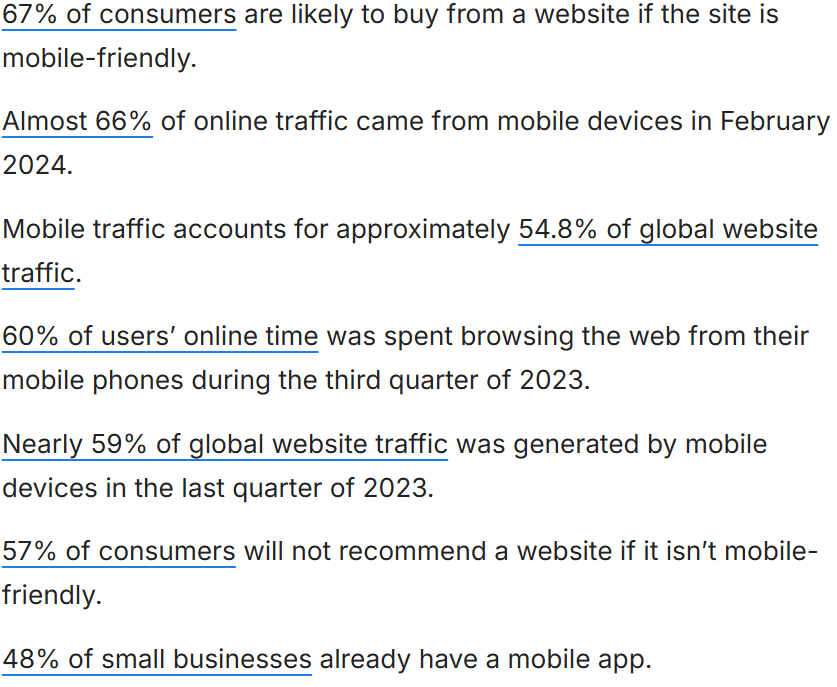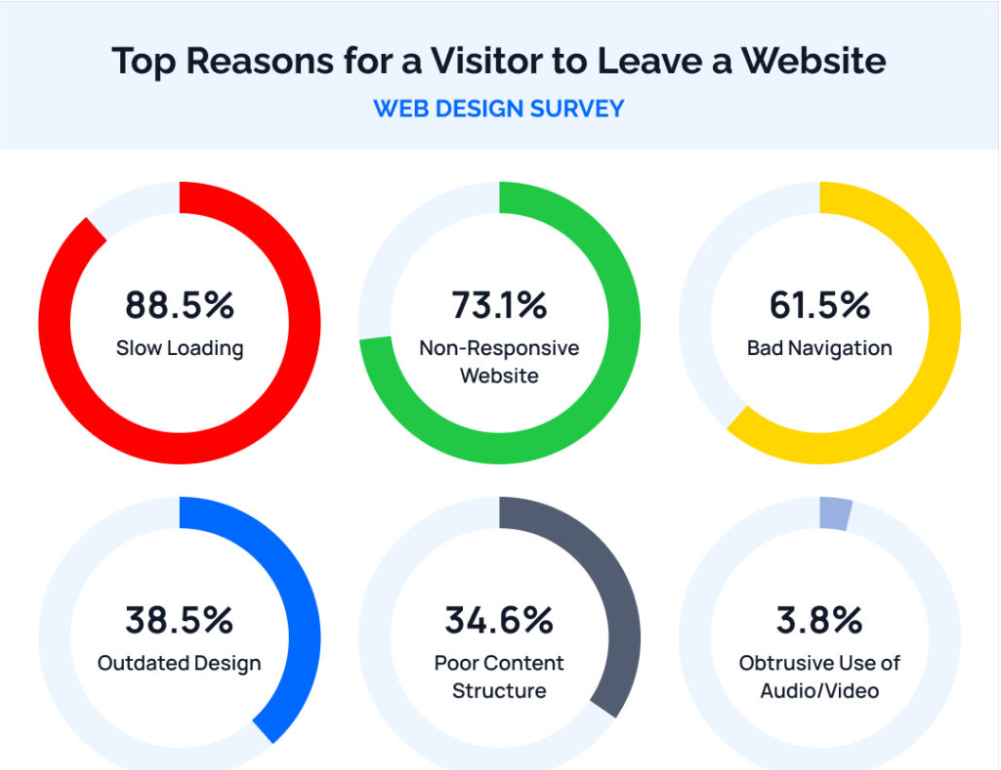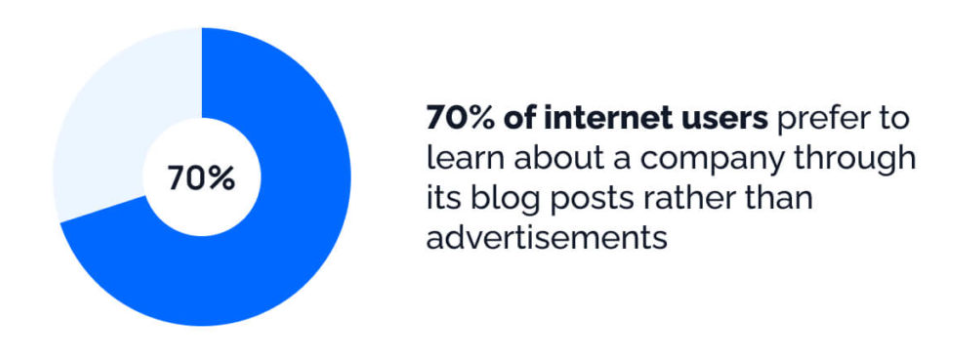Table of Contents

Staying ahead in the SEO game is not as easy as I thought, right?
What if I told you that you haven’t tried this strategy as it is the best-practiced strategy?
In this 2025 SEO strategy checklist article, I promise you will find the hidden treasure that will certainly lift your website to the next level.
To clear your concept I have divided this article into five phases to take action and provide you the best results in less time.

Phase 1: Audit
An SEO audit is the fundamental foundation for an effective strategy. You can’t let your website travel on an unknown road.
You might have studied many big giants performing SWOFT analysis to start their business and make an updation according to time.
Similarly, you must audit your SEO to identify the strengths, weaknesses, and opportunities.
So here are the five points from where you can design an audit strategy.
- Crawl Your Website
- Identify Best Ranking Pages
- Audit Blog Posts
- Check For Mobile Friendliness
- Evaluate Page Speed
Let’s understand each point deeply.
1. Crawl Your Website
Crawling your website is the first step to letting the traffic come to your website.
Suppose you design a website so beautifully that it provides excellent information but doesn’t rank in search engines or people don’t know about it. Will your website survive in the jungle of the internet?
Nah. So what you should do?
Take this actionable steps:-
- First crawl your site to uncover technical SEO issues like broken links, duplicate content, and missing meta descriptions.
- Then, connect the crawler to tools like Google Analytics (GA) and Google Search Console (GSC) to enhance data.
- And at last, export the crawl data as a CSV file for further analysis.
- Let me explain to you with an example. Imagine your website has 500 pages, but 50 of them have missing meta titles and descriptions.
- What you can do in this case?
- Use tools like SEMrush, Screaming Frog, or Sitebulb. This tool will identify these gaps and help you fix them.

2. Identify Best-Ranking Pages
Identifying the best-ranking pages of your website is always the best strategy.
What can happen when you identify those pages you can provide internal links to non-performing pages to get more traffic on other posts also.
What you can do?
- Enter each URL into Google Search Console or SEMrush.
- Then you have to identify pages that have high impressions and clicks.
- After that, add these URLs to a spreadsheet for further optimization.
For example, if you have a blog post on “2025 Best SEO Strategy Checklist” ranks in the top for high-volume keywords.
All you have to do is to prioritize improving it with updated content and visuals. Also, provide an internal link to those pages that aren’t performing well.
For this, you can use tools like Google Search Console Ahrefs, or SEMrush.
3. Audit Blog Posts
You have to audit your website and create a strategy. Now you have to audit your blog post too.
Follow these steps to audit your blog post.
- Always post high-performing content.
- Merge similar posts to create the best resource for your reader.
- Aah, don’t forget to remove your outdated or irrelevant posts.
- We all love fresh content. Keep adding fresh insights or data in existing posts.
- Rewrite a few points with outdated content.
For example, if you have two articles on “How to use Canva” and “Canva tips for Beginners”. Then you have two options either you can merge it into a detailed guide titled “Ultimate Canva Guide for Beginners.”
Or Else you can provide internal links in each article.
If you ask me you should merge it into one article as this can eliminate content cannibalization and improve user experience.

Image Source webfx.com
4. Check for Mobile-Friendliness
Mobile users have been increased in recent times. You must be assured that your website is responsive in every format of the mobile set.
This helps to understand whether the design is mobile-friendly or not. This helps to make changes.
The most important thing that search engine considers is unclickable buttons, oversized images, underperforming plugins, and error HMTL files.
It is considered to download the website search engine 2.5 ms time is considered to be the best time.
For this, you can use Google’s Mobile-Friendly Test Tool.
5. Evaluate Page Speed
As I have discussed earlier, 2.5 ms (millisecond) time is considered to be the best time to upload your website on mobile.
Considering this you should analyze your website’s load time.
If several images are bigger then they should be removed or the best alternative.
You can convert those PNG or JPG images to SVG or WebP format.
Remember a slow-loading website can lead to higher bounce rates. Compressing images can improve load times significantly.
Phase 2: Quick Wins
Who doesn’t want quick wins?
Quick wins focus on optimizing existing assets for immediate results. Let me tell you how.
Focus on these three points:-
- Fix technical SEO issues.
- Optimizing Existing Pages.
- Improve Internal Linking.

Image Source seoprofy.com
1. Fix Technical SEO Issues
Most of the websites die in the first three months because of poor SEO strategies. They keep on focusing on publishing articles rather than focusing on technical issues.
The most common fixes are:-
- Internal linking improvements.
- Canonical tag implementation.
- Setting up 301 redirects for broken pages.
- Updating your XML sitemap.
While auditing your website, you find several broken internal links and fix them to improve crawlability and user experience.
2. Optimize Existing Pages
- Its everyones dream that their website should rank on the first page of the search engine.
- Even after several dream-smashing updates which have broken several hearts, they are still hoping to rank on the first page.
- See blogging is never going to die. It will evolve according to time. All you have to do is to provide the best information that stands tall among the giants.
- Let me explain with an example, suppose you have a blog post ranking in position 12 for “Best Mobiles of 2025.”
- What are you gonna do to improve its ranking?
- Simply add more value to your content. Here is your niche: the Best mobiles of 2025. That’s your macro niche.
- Now, figure out what value you can add to it. For example, you could include budget-friendly mobiles in 2025 in that category.
- All you have to do is play with the keywords readers are searching on the SERP. This will definitely give a boost to your website.
- Mention this in your headings, meta descriptions, and target primary keywords.
- You can also add new sections, images, or schema markup to enhance relevance.

Image Source demandsage.com
3. Improve Internal Linking
- Internal linking is an integral part of SEO. You have to keep an eye on internal linking.
- What really happens when a reader enters your website?
- See when he clicks on your article, he mostly finds relatable articles in it. If he finds it, he will click it and jump to that article.
- If he doesn’t find any link he will jump to the next website. It’s as simple as that.
- So, you must identify orphan pages, pages that do not have internal links, and then provide internal links.
- Suppose you have an article “SEO Checklist”. Link this page with the “Keyword Research Guide” that will provide his quest for SEO.
- See there are two main reasons that you keep in mind, first, the reader will have a good experience and improved navigation.
- Second which is the most important he will spend most of the time on your website.
Phase 3: Customer Research
Knowing your customer is a good strategy. This research helps to design the content according to them.
You can identify the customer’s taste and serve the best content to them.
You can do it using these three strategies.
- Conduct Surveys and Interviews.
- Analyze Customer Feedback.
- Create Buyers Persona,
This research provides the best outcomes for mostly e-commerce websites, review websites, and selling digital products.

Image Source seoprofy.com
Conduct Surveys and Interviews
See when you enter the world of blogging, most people don’t understand what kind of content are they providing to their users.
In short, if I say they will never know to whom they are surviving their blog.
So here are the questions you should ask for conducting surveys and interviews
- What problems were you trying to solve before finding our product or service?
- What features do you value most?
- Why did you choose us over competitors?
- What other solutions did you consider?
- Did our product or service solve your problems?
Analyze Customer Feedback
Always provide the form in your call to action section so that they can review your post, service, or product.
Gather this feedback from online reviews, social media, and support tickets.
Design your page or post as you identify pain points and address them in your content.
Create Buyer Personas
This technique is specially used for e-commerce websites where you can provide the best product service and experience after all it’s about experience.
All you have to do is segment your audience by demographics, behavior, and their goals.
Use these personas to tailor content that meets their needs.
For example, if you are a “Tech-Savvy Entrepreneurs” and another as a “Corporate Manager.” Then you have to cater your content differently for each.

Image source seoprofy.com
Phase 4: Topic Research
Writing bullshit in your content doesn’t make any kind of sense. I mean you are writing an article and the world doesn’t need it then answer my question Will it be fair for you?
It’s a complete waste of time and energy and of course, gain some fat over your belly.
Jokes apart, but you have to start topic research. Topic research ensures that your content aligns with user intent and trends.
Use this method for topic research:-
- Analyze Competitor’s Keywords.
- Identify Seed Keywords.
- Segment Topics by Funnel Stage.
Now let’s understand them one by one.
Analyze Competitor’s Keywords
- You might be saying that it is cheating but believe these an excellent way for topic research.
- Tell me how did you decide to find the topic? Maybe by copying the content and making some changes or using tools like SEMrush or Ahrefs.
- See what we really want to rank our article in Google is keyword with low competitions. As highly competitive keywords are already used by top bloggers.
- So here is the catch, you might know about the keyword gap in SEMrush or MOZ. You have to identify that keyword gap.
- Because there is a goldmine hidden in it. Once you have your competitor’s keywords, you can rank for untapped keywords.

image Source backlinko.com
2. Identify Seed Keywords
- Questions. Questions can lead you to the best person to answer if you have that seed keyword. Yes, there are seed keywords where you should look.
- See tons of questions have been asked on Google. You have to use the Answer the Public tool to search the relevant keywords for your topic.
- All you have to brainstorm and customer insights to identify relevant keywords.
- Then you have to input these keywords into tools like Ahrefs or Google Keyword Planner.
- And last, use “Matching Terms” or “Questions” to find those related keywords.
- For example, if you have a seed keyword like “content marketing” then this can lead to topics such as “content marketing for small businesses” or “content marketing strategies 2025.”
3. Segment Topics by Funnel Stage
- This is the last but most important part of keyword research. You can filter your keywords based on funnels.
- Let’s say you have the keyword “What is SEO?” and this is a top funnel. This gives answers to the reader’s common questions.
- Then comes the middle funnel like how-to guides, templates, and in-depth problem-solving articles. You can use “How SEO works” keywords to explain SEO more deeply.
- And in the end, you can provide information like comparisons, alternatives, and detailed product or service reviews.
- If you write content in this manner then it solidifies your content power in Google search results.

Image Source seoprofy.com
Phase 5: Content Plan
We have studied 4 phases and now we are in the last phase.
So what do we want to do now after studying this phase?
To plan solid content that will provide trust and expertise to your reader. And a solid content designed when you have strong content planning.
Organize identified Topics
- First, you have to create a spreadsheet of topics categorized by priority and funnel stage with deadlines set for each topic.
- Suppose you want to write an article on “2025 Best SEO Strategy Checklist.” now how are you going to design your content?
- You have a topic. Now you have entered in explaining the content with proper presentation.
- Then fix your deadline eg February 2025. In the last, you start writing.
- If you plan your content in this way Google will also understand that you published your content every week. Thus your sandtime run is reduced to some extent.
- Even this will help in Google AdSense too.
2. Prioritize Content Ideas
- After setting a content plan it’s time to prioritize your content ideas. For example, if you have keywords like “How to Use Generative AI for Content Creation.”
- Now how you are going to set your prioritize your content ideas?
- First target low-competition keywords which will help you for ease of ranking.
- Second, you have to focus on topics closely aligned with offerings for commercial intent.
- And in the last, aim for high-volume relevant keywords which help to gain potential traffic.
3. Monitor Content Performance
- Now in the end you have to monitor your content performance. Understand and watch if there are any bounce rates.
- If you find out ask yourself why?
- You are having problems with bounce rate, very little time page, and less conversion Ask yourself why.
- This means that your content doesn’t have much to gain attention. You have to provide engaging visuals, improve introductions, and do whatever it takes to make changes and gain attention from your reader.
Pro Tip: Continuous Monitoring and Adaptation
Generate a cycle for your content. Like regular reviews, experiments, and updations with trends and repeat. This is the only pro tip that I will give you.
Conclusion
In conclusion, I would say follow the steps that I have provided in the 2025 Best SEO Strategy Checklist. For your convenience, I have divided this article into 5 Phases to make it more understandable, I give my best practical advice that I mostly follow. Use these simple but powerful tips and tricks to rank your website on Google Search Engine.

